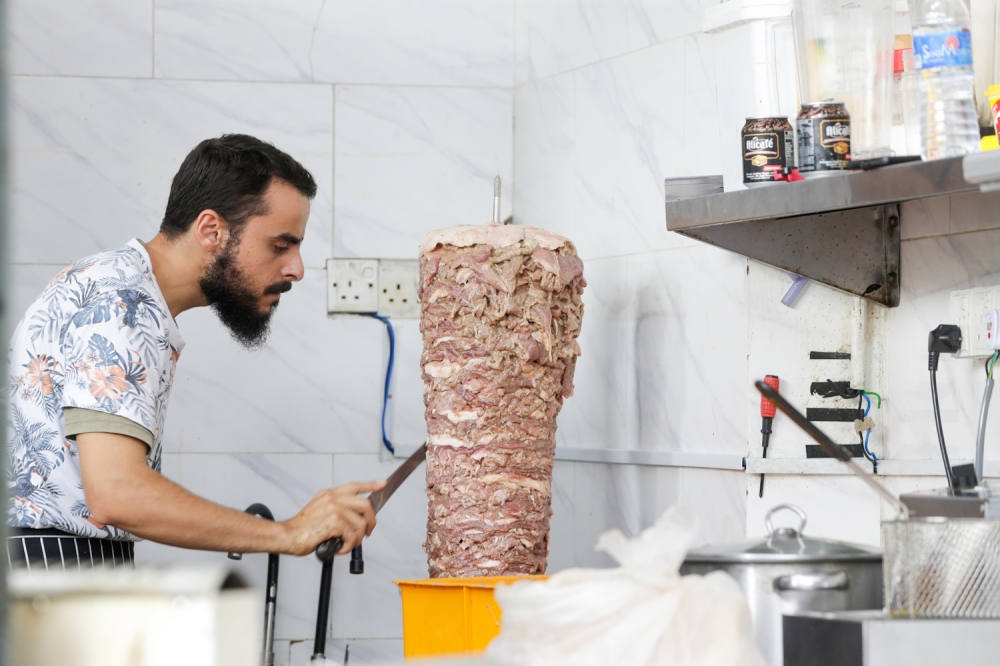AMPANG, Aug 4 — While much has been written about Ampang’s yong tau foo, those who do not live/work here seem not to know much else about the place except that it was once an active tin-mining area.
So what gives one of Klang Valley’s oldest neighbourhoods its rich character?
Having lived here for more than 20 years, here are some things that I feel people would find interesting about my neighbourhood.
Ampang is very cosmopolitan
You don’t have to be a keen observer to realise Ampang is very ethnically diverse.
Even from the start when Ampang was a tin mining outpost in the late 1800s, it was home to settlers from so many different countries. The Chinese, Indonesians (Jawa, Acehnese), Indians were among Ampang’s first inhabitants alongside the local Malays.
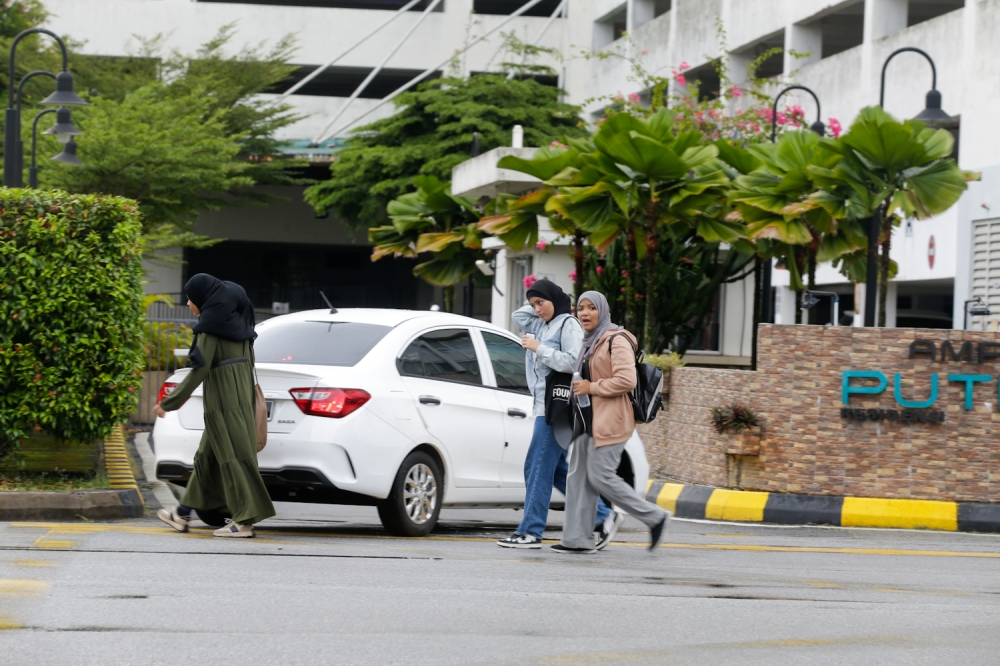
Today, Ampang is home to a large diaspora of refugee communities and migrants from Western and Central Asia, apart from being temporary homes to Westerners and East Asians (expats and diplomats).
Just walk anywhere around its bustling commercial centres like Mamanda (where Ampang Point Mall is), you will find Syrians, Iranians, Afghanis, Lebanese, Iraqis, various peoples of African descent, Europeans and of course Thais and Koreans (both southern and northern), whose presence have given birth to the country’s first ever “Korean Town” (the second being Mont Kiara).
Naturally this gives Ampang a very cosmopolitan face, which is easily noticeable in the cuisines it offers.
In Ampang Utama, you will find rows of Korean BBQ and fried chicken restaurants manned by the ever-so-friendly ee-mos (that’s Korean for aunties).
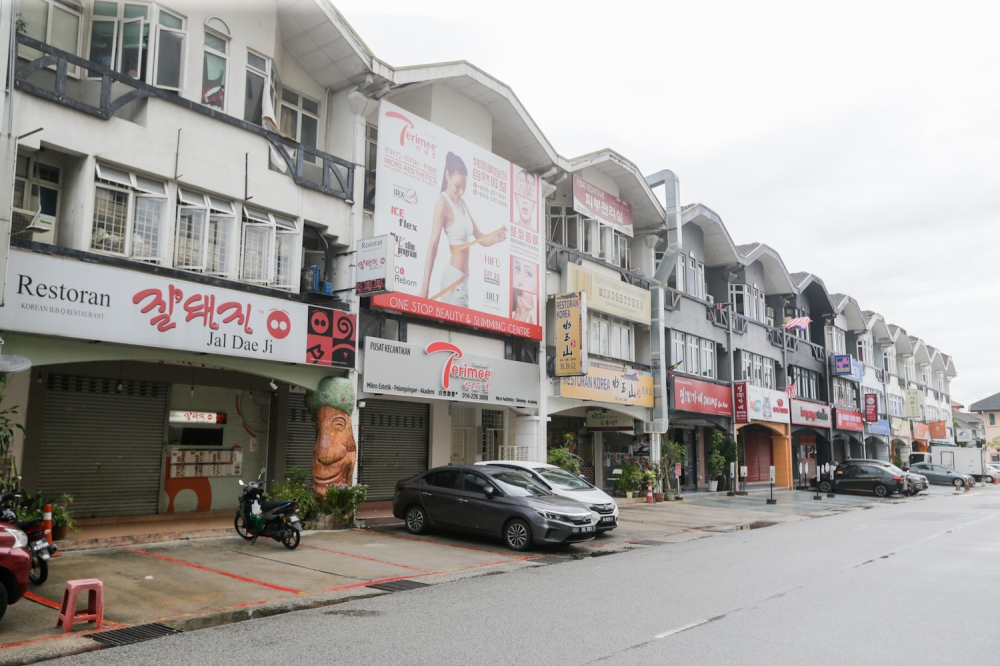
There is also one halal Korean BBQ joint, Sweetree, which is extremely popular among the Malays. Try it, but only if you have the patience to wait for a table.
Just a few hundred metres up the road, you will find our “Arab town”, a small square of shops selling biryani and kebabs by Syrians, Lebanese, Iraqis. (They’re all slightly different but I won’t explain here because you should go and find out for yourself).
One of the favourites, among locals and the migrant communities, is BRC Restaurant. Pro tip: Don’t wait until dinner time to head there, you’ll have a long wait.
The same area is also dotted with stalls that sell Middle Eastern desserts: kunafas, baklavas they’re all there. Some of these shops are manned by refugees, some by migrants who have settled here.
They’re friendly, if you are. Just don’t come here and pull that “why are there so many migrants here” face.
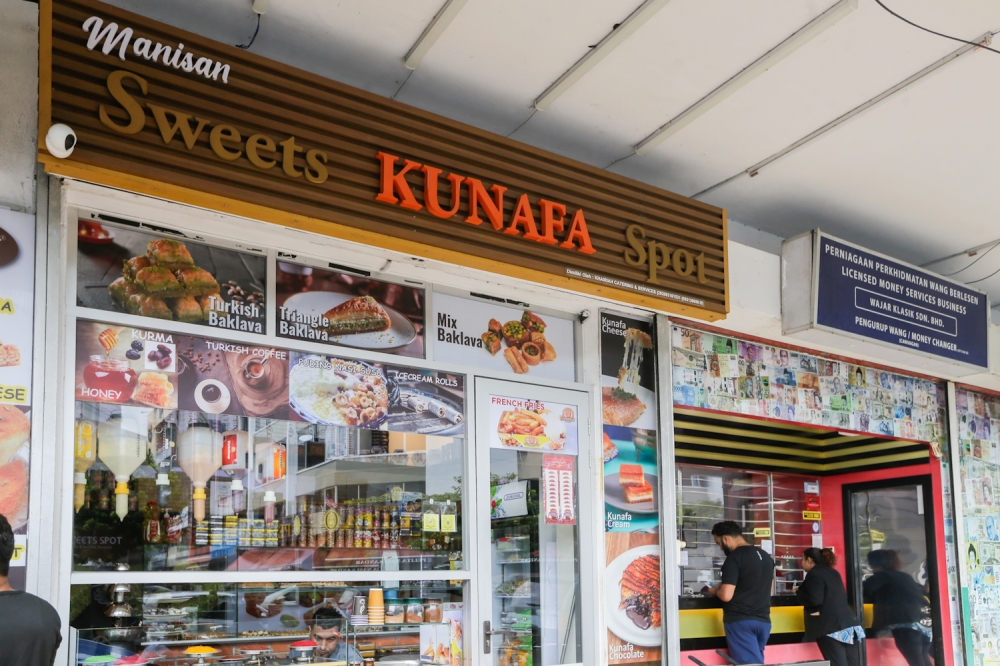
These are just a few things that reflect the cosmopolitan nature of Ampang. There are more if you pay attention. One example is the number of refugee schools you’ll find here.
Another unique thing is the Muay Thai gym called Kambiz Warrior Gym, a place I once trained at. Most of their sponsored fighters are either Iranians or Afghanis and there are one or two Koreans.
Even a nearby rival gym, Sampuri, which has trained fighters who competed at a high level, has many Central and Middle Eastern fighters among them.
It’s unlikely that you’d find this anywhere else in Kuala Lumpur.
Pekan Ampang is old world
Before there was Ampang Jaya, Pandan Indah and all these other neighbourhoods that sprang up in the 70s, 80s and 90s, Pekan Ampang or Ampang Old Town was the heart of Ampang.
Pekan Ampang still feels and looks old, with most of its buildings built over 100 years ago. Many of the humans behind the shops have traded there for at least two generations.
Pekan Ampang is essentially just two rows of colonial-era shoplots dotting a single one-way lane, typical of pre-Independence built small towns you’d find outside KL.
There is a wet market here that is probably as old as the town, so people have traded there for decades, likely even before Merdeka.
The structure of the market was reconstructed a few years ago but it still gives out this old world vibe. It’s lively early in the morning and it attracts mostly local customers from various backgrounds. Rich, middle class, the low income. All Ampangites have shopped here at one time or another.
If you’re like me, someone who enjoys his early morning coffee while observing people, the market has a few stalls with your usual kopitiam menu. Roti bakar, cham, eggs, beehoon and other typical Malaysian-Chinese breakfasts. Just come over, sit down, relax, have a cup of coffee and soak in the vibes.
Again, the cosmopolitan nature of Pekan Ampang, and the fact that it is still a well-preserved pre-colonial town that is so close to the city centre, is what makes it stand out.
Pekan Ampang is also home to several very famous eateries. There is a tiny little Thai restaurant you’d find at the back of a Thai mini mart that is very popular among Ampangites. I won’t mention the name since we’re a bit annoyed that more and more people from outside are coming here to dine there...
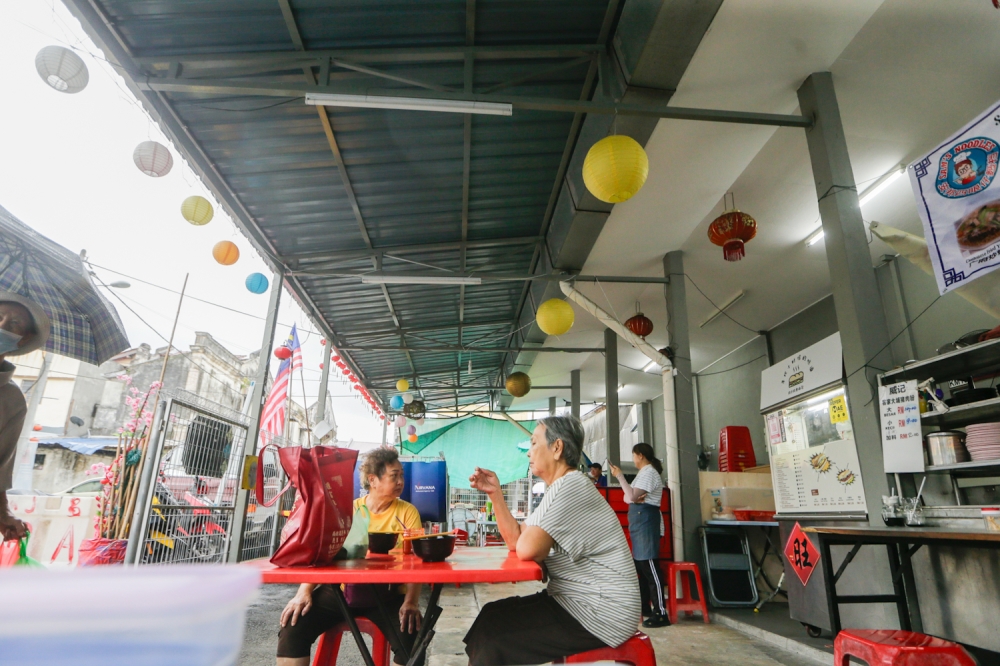
Gentrification? Sure, but not too much
Of course Ampang has bars and fancy restaurants. People have likely heard of the row of bars around Ampang Hilir which is adjacent to Jalan U-Thant and Langgak Golf, considered one of the richest neighbourhoods in Malaysia (but this is the Kuala Lumpur side of Ampang, not Selangor’s).
We have Italian (Back Alley Pasta, La Risata), Mexican (Las Caritas), American (The Daily Grind, Fireplace, Fines Cafe) and European (Peaches and Cream)... the usual.
But the scale of such establishments is still very limited in Ampang, that is to say we don’t suffer from that much gentrification.
You won’t find rows and rows of “artisanal” cafes with the same cliched menu here... just two or three maybe.
Most Ampangites still prefer the no-frills, unpretentious local eateries, and it’s perfectly understandable because the food they sell is not just delicious but cheap.
Ampang is for those who prefer the real, no-nonsense things in life. There is still a lot of struggle here, and the fact that the rich live so close to the poor makes the income gap more glaring. Still, diversity has thrived here in spite of this dichotomy; you just have to keep an open mind when you come visit.
